Today’s article is certainly important. What is cross-platform development? What can make it a preferable direction, in the contemporary IT landscape, for a modern company? Andersen, being a trusted and top-ranked provider of cross-platform development services would propose the following definition. This tech notion (alternatively known as platform-agnostic and multi-platform software engineering) refers to a practice when a digital product is deliberately envisioned, designed, and written to be capable of functioning with several different OSs and gadgets, with a single and unified code base fueling them.
People automatically consider only Android and iOS, but there are a few more available environments. So, let’s dive more deeply into the engaging domain of pros and cons of cross-platform tech initiatives. This balance between pros and cons in your unique case will help you make a decision.
Once again, what is cross-platform development?
To keep a long story short, here is the key takeaway. All cross-platform engineering frameworks are applied for the purpose of crafting an app that can be accessed and used via more than one OS-specific device. In this capacity, such apps build upon a single code foundation for greater portability. The latter is a great contributing factor in terms of budgeting. A business can save money by employing one engineering group (instead of, say, two).
What about the popularity of this approach? Is the range of pros cited above sufficient to persuade people to adopt this practice? Well, there are too many apps and development teams worldwide to cite exact figures. There exist only rough estimates. For instance, what we can offer is this approximation based on Statista’s survey: around 1/3 of mobile engineers apply cross-platform technologies or frameworks rather than native ones. Is this a lot? Yes, 30% is a significant part of the IT world. Which means that the list of potential pros is weighty enough for many.
The shortlist of TOP 5 frameworks frequently chosen by cross-platform engineers looked like this, back in 2021:
- 42% opt for Flutter;
- 38% apply React Native;
- 16% work with Cordova;
- 16% unleash the potential of Ionic;
- 11% turn to Xamarin.
As one can see, it is an extremely diverse professional environment.
Advantages of cross-platform development explained
We have already briefly mentioned what makes teams opt for a cross-platform coding policy. It is time to elaborate on the advantages of cross-platform development a little bit further.
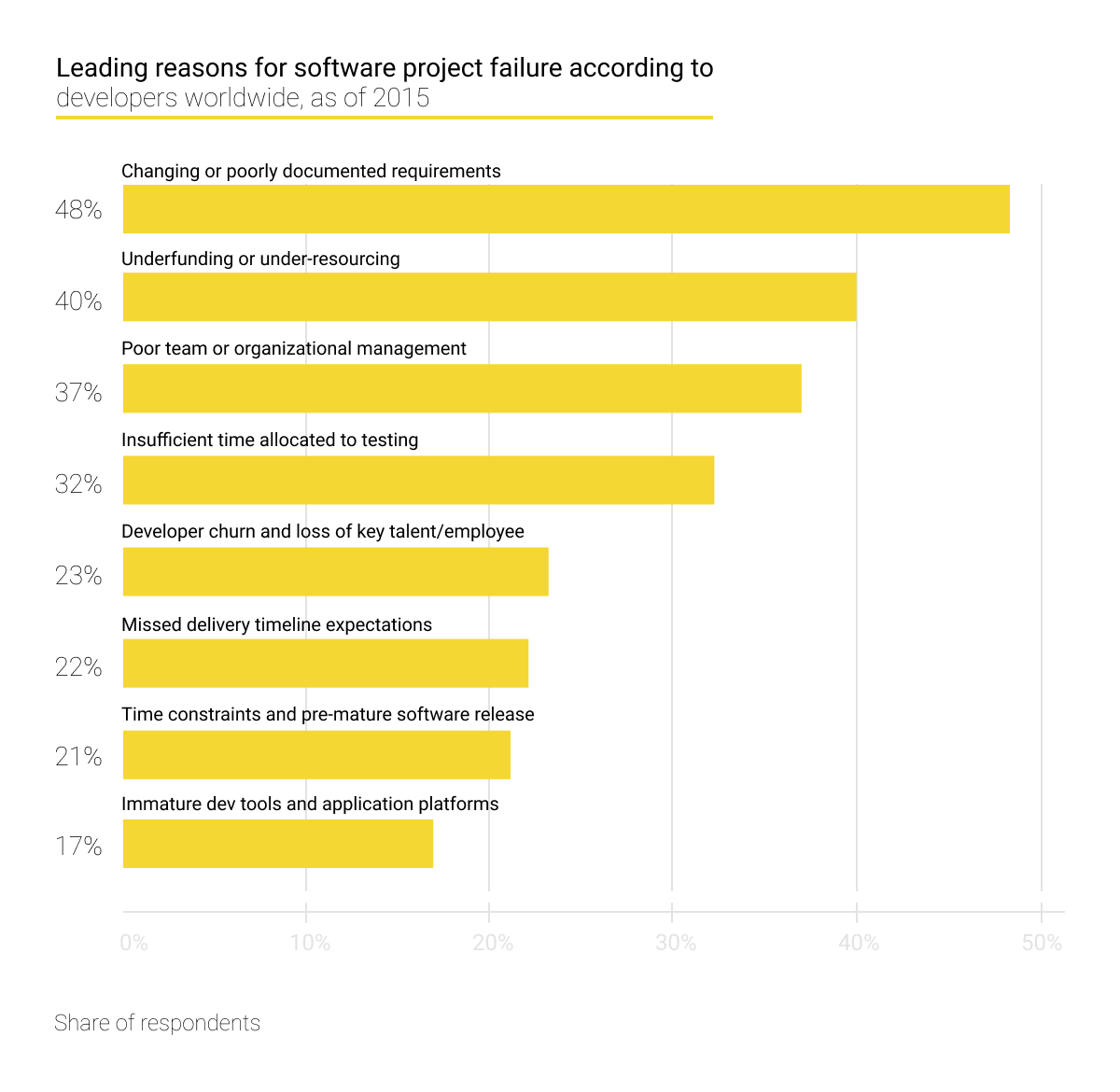
No shortage of frameworks and talent. Above, our team has enumerated the entire range of frameworks in high demand. Most prefer Flutter, but you are free to try something else. In addition to the TOP 5 list, one can also name Unity, NativeScript, Kotlin, Apache, and many more. On the list of pros, the issues of rapid employment, onboarding, and integration always count. So we will always be quick to find the right skills for your team.
Saved costs. Any business is about making money. To make this happen, an organization has to spend less than it generates in revenue. Thus, saving resources to the maximum extent possible is a must. In this scenario, running a single team instead of two is a lucrative idea and a definite pro.
Cost-effective yet maximized reach. This point is a continuation of the previous one. Why should you focus on Android alone, when iOS users can be won over concurrently? Indeed, you should not.
Quicker development cycle and swifter time-to-market. There is absolutely no need to handle parallel processes simultaneously. With a single code base, any company is capable of ‘polishing’ and publishing its app ASAP; this is often what makes companies resort to a cross-platform approach. In the segment of mobile solutions, in this niche of cut-throat competition, speed is everything. The faster you deploy high-quality code, the more pros investors and users will recognize in your team and product.
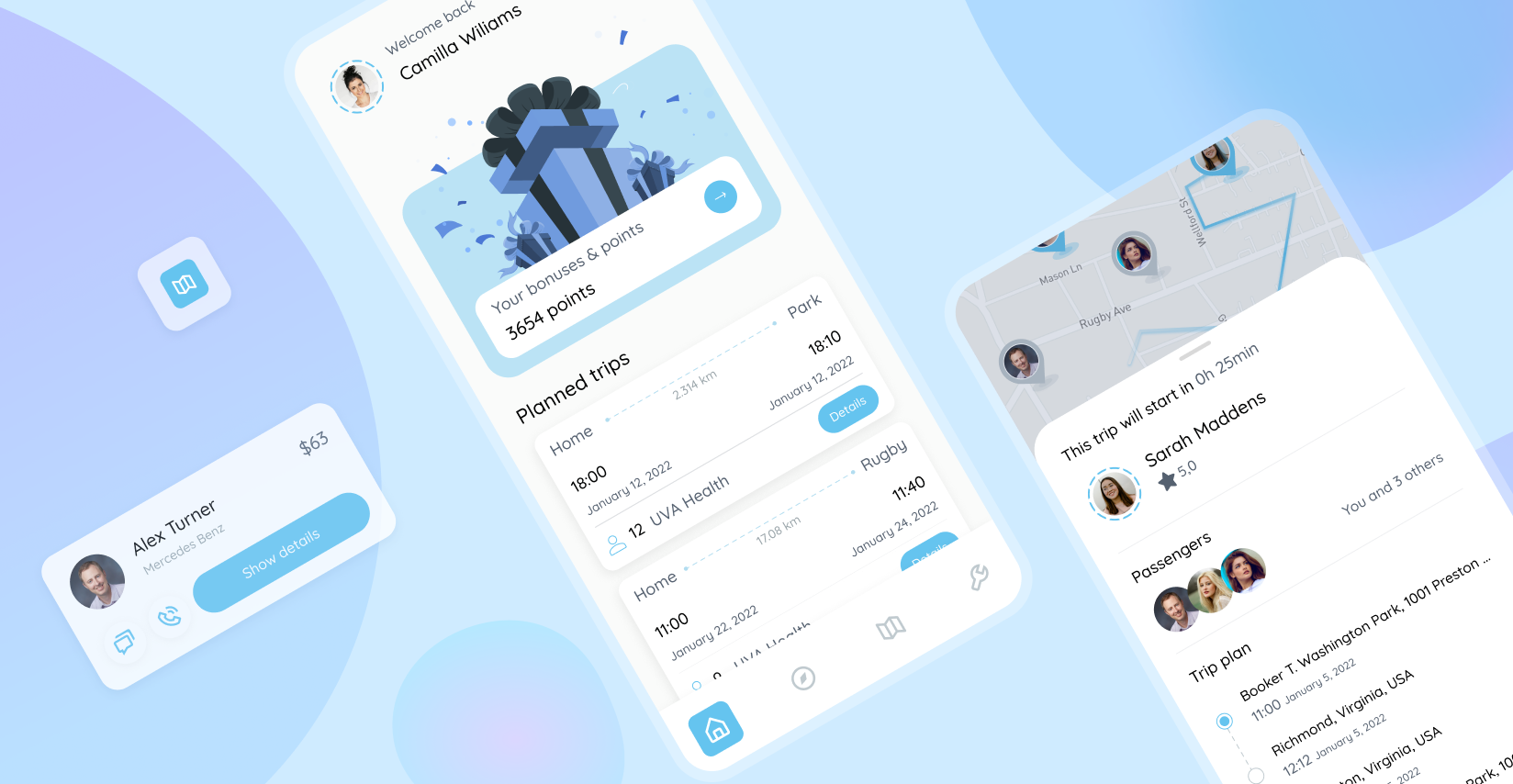
Reusable code. As long as your team generates, keeps, and gradually improves a single universal code base, it gets simpler to ensure consistency, plan upgrades, and ensure manageable expansion and progress in the future. Also, the risk of bugs and production delays is mitigated. Finally, it greatly contributes to business continuity policies, as team members can share details and overall product knowledge, delegate, and hand over their positions.
What a list of pros, right?
Some more pros and cons of cross-platform development
When the pros and cons of cross-platform development are on the agenda, one should contemplate business-related benefits. How can such an approach add value to a company?
It is an optimal course of action to pursue when it comes to crafting and releasing an MVP. Any minimum viable product is intended to test the hypothesis behind a digital product. A tech team releases a curtailed version of their future app, with only core functionalities enabled, to verify whether it could be a match for their target audience.
As such, an MVP is a perfect match, with multiple pros, for an adequately skilled cross-platform engineering team:
-
When a company develops a native app, it’s normally precisely tailored to a specific OS. An MVP initiative doesn’t need to do this as it has a very limited set of features. Consequently, the cross-platform approach is ideal. That is what persuades many ‘new-born’ companies select this very option;
-
The notion of an MVP is inextricably linked with startups. And companies of this type often have to deal with tight budget limits. Again, cross-platform initiatives are an ideal remedy for this pain point. On top of that, speedier development cycles make it possible to survive in the race against the time and outcompete rivals.
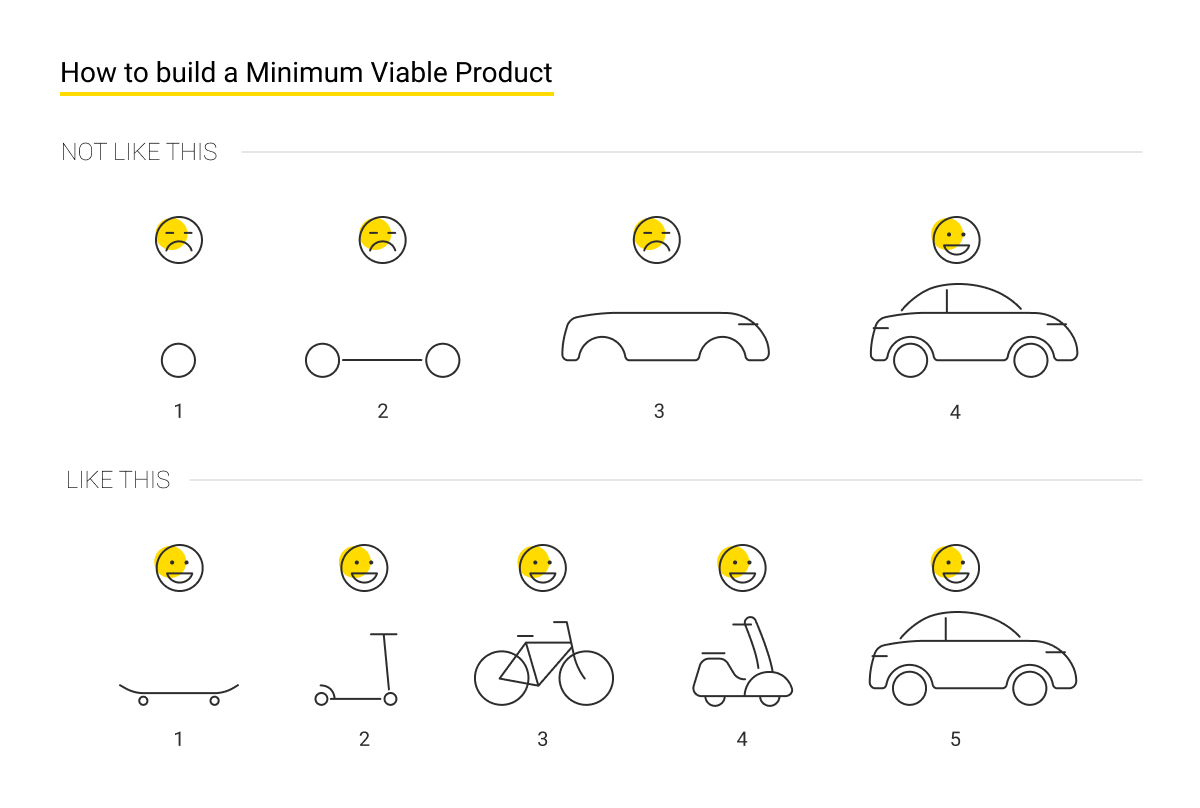
Concurrently, there are several cons one has to consider in this domain. After all, the balance between pros and cons of cross-platform development initiatives have to be crystal-clear when you make strategic choices. Here is what our mobile app engineers have to say in this respect, based on our versatile experience in this domain:
-
Performance issues. This is an important con. As long as cross-platform apps do not ‘naturally’ belong to their respective OS on a certain type of device, integration with it might be challenging. This may happen due to inconsistent and incoherent communication flow between the device’s native and non-native elements. In turn, this will surely affect the eventual performance.
-
Limited device-related potential and simpler UI/UX devices. In practice, cross-platform apps are unable to make the most of any device and its capabilities. This is a totally understandable con. What is built to match all devices simultaneously, will not match any of them fully.
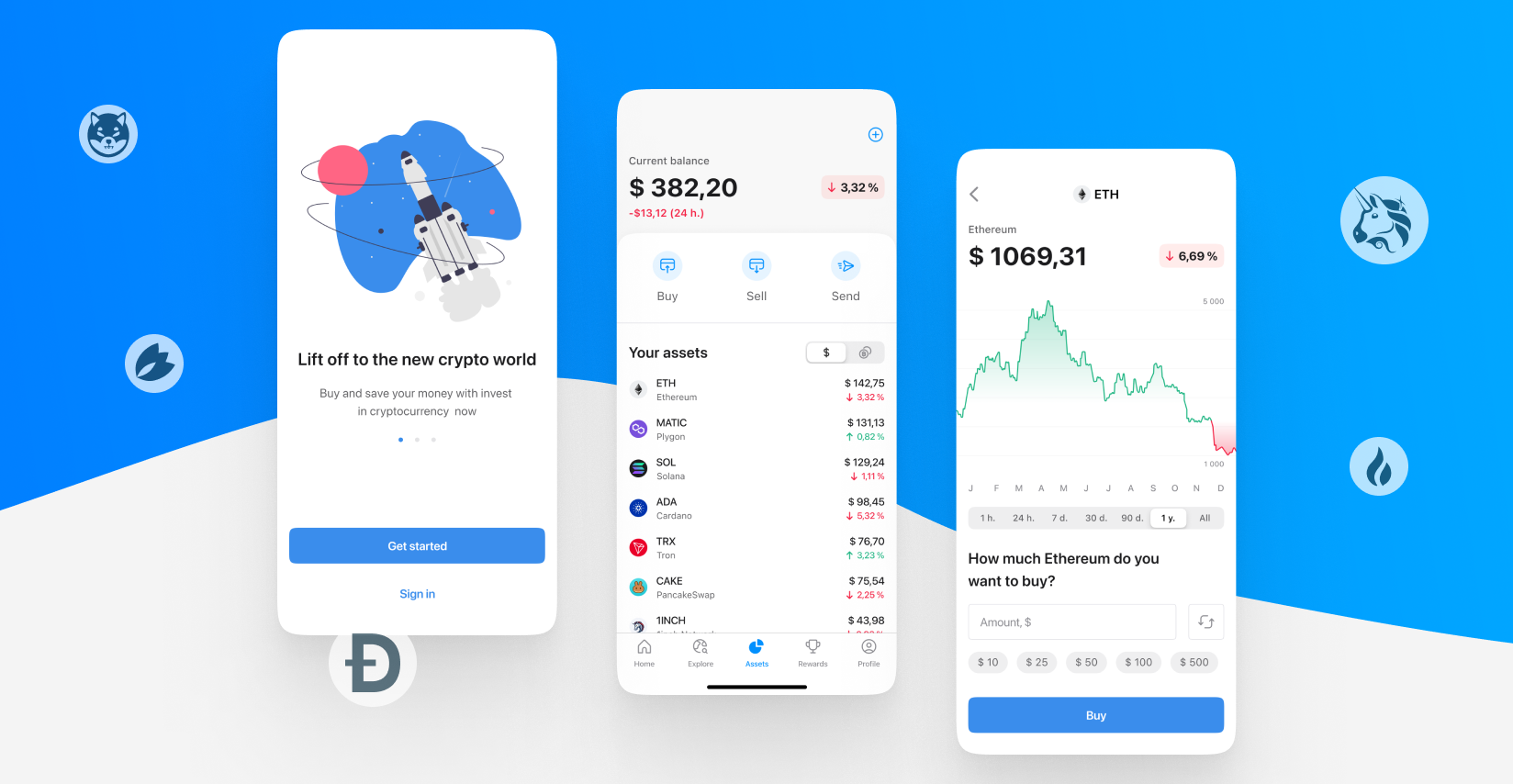
-
Security risks. If one intends to provide for the maximum safety level possible, it would be reasonable to opt for the native ‘path.’ Native solutions build on native frameworks, guidelines, standards, and APIs, which is a dependable safeguard per se. With cross-platform solutions, the likelihood of security issues and breaches is universally more significant. Sad but true. Another con.
-
Slower updates. In a comparative perspective, whenever a fresh feature is introduced by a given OS, native development teams will be quicker to embrace it. What makes them so privileged is that your cross-platform framework also needs to ‘absorb’ these new changes to grant you leverage to exploit them. In native environments, everything is ready for work instantly; that is our final con.
It is becoming clear that there are some serious cons. But they do not constitute an insurmountable obstacle if you collaborate with a dependable vendor. Let’s cite a couple of facts about us.
What potential benefits can Andersen’s team bring to your project?
Let’s wrap up and briefly answer this question: what is cross-platform development in terms of cooperation with our specialists? Serving as a provider of cross-platform engineering services, we are well-prepared to serve our customers with Flutter, Dart, Xamarin, C, Ionic, React Native, JS, Hive, and Chopper. All these options can be applied to implement IT projects in such domains of our expertise as:
- mCommerce;
- IoT and wearables;
- Logistics, transportation, and warehousing;
- Enterprise-grade apps for industrial manufacturing;
- And last but not least, consumer apps.
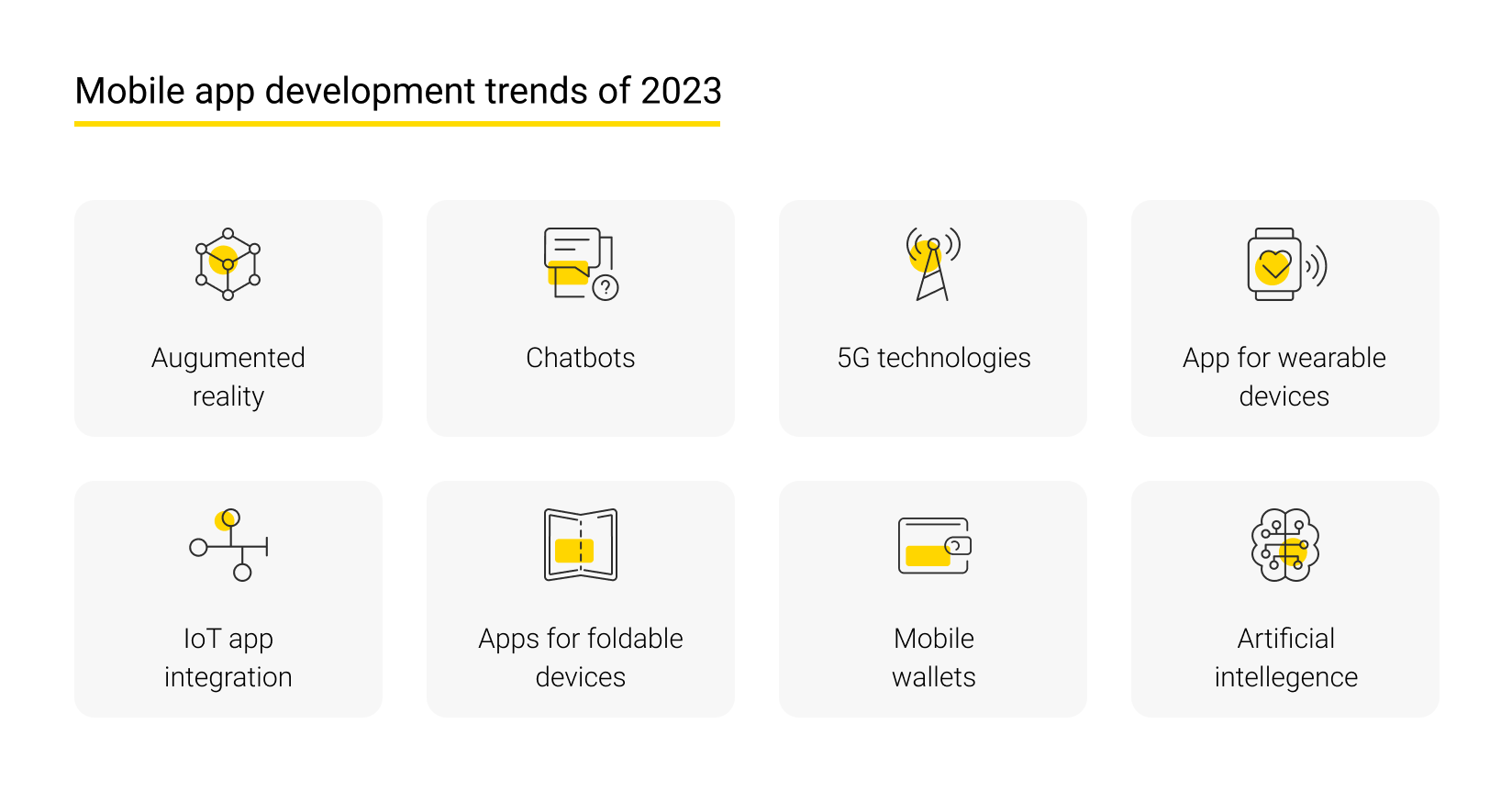
The comprehensive scope of our offerings is another pro of working with us. Our mobile engineers and tech experts can provide assistance with:
- Custom cross-platform engineering;
- Project discovery and consulting;
- Migration initiatives and plans;
- Design;
- QA rounds, support, and ongoing post-launch maintenance.
Finally, there is one more point on the list of pros of collaborating with us. Andersen runs a pool of more than a hundred and twenty relevant specialists, which means there will be enough IT talent and resources to join your plans and fulfill your requirements.
Contact us to start the discussion and get things rolling. We will make all the pros of this approach work for you, and will do our best to handle all the potential cons. Let our team help you avail yourself of the benefits of cross-platform software development.
Book a free IT consultation
What happens next?
An expert contacts you after having analyzed your requirements;
If needed, we sign an NDA to ensure the highest privacy level;
We submit a comprehensive project proposal with estimates, timelines, CVs, etc.
Customers who trust us



